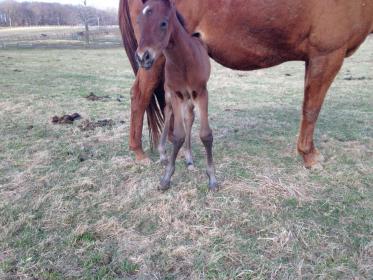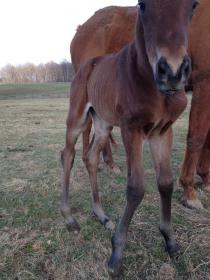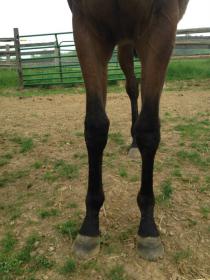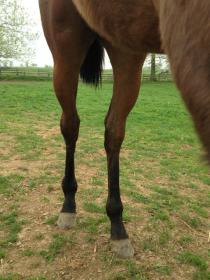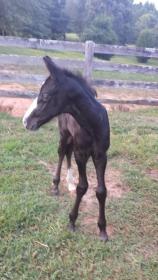We have bred and foaled a lot of mares in any given year up until recently. Have seen my fair share of what appear to be “total wrecks” right out of the box. The vast majority resolve with little to no intervention in a couple of weeks, months. I don’t put a lot of stock in “hoof extensions”. They can be a PITA anyway depending on the foal. IME pretty much a waste of money and time. They have their place but IMO it would only be on exceptional cases. We used them for a while than opted out, took a chance. Things resolved just fine without.
Usually the best “treatment” is restricted, managed turn out for a couple of weeks. This is where having a bunch of porta-paddock panels come in handy. You can move the paddock each day to keep the grass from getting grazed down to mud. We have a grass area outside our foaling stalls. So we just set the paddock up outside the stall, Mother and child can come go as they please.
Pictures speak a 1000 words post some. There are a couple of a filly born with “issues” not the worst issues I have dealt with. But certainly was of a concern.Taken not long after foaling and a year later. I posted these before, one of these days I dig out the CD that has others on it.
OP tag your thread, windswept foal, This is how people can do a search. You can see the “tag” at the bottom of your fist post. Click edit and add. This is important IMO. This question, concern as come up a number of times. [ATTACH=JSON]{“alt”:“Click image for larger version Name: issues 1.jpg Views: 2 Size: 25.5 KB ID: 9785304”,“data-align”:“none”,“data-attachmentid”:“9785304”,“data-size”:“full”}[/ATTACH]
[ATTACH=JSON]{“alt”:“Click image for larger version Name: issues.jpg Views: 2 Size: 11.6 KB ID: 9785305”,“data-align”:“none”,“data-attachmentid”:“9785305”,“data-size”:“full”}[/ATTACH]
[ATTACH=JSON]{“alt”:“Click image for larger version Name: yearling.jpg Views: 2 Size: 12.3 KB ID: 9785306”,“data-align”:“none”,“data-attachmentid”:“9785306”,“data-size”:“full”}[/ATTACH]
[ATTACH=JSON]{“alt”:“Click image for larger version Name: yearling2.jpg Views: 2 Size: 12.9 KB ID: 9785307”,“data-align”:“none”,“data-attachmentid”:“9785307”,“data-size”:“full”}[/ATTACH]
